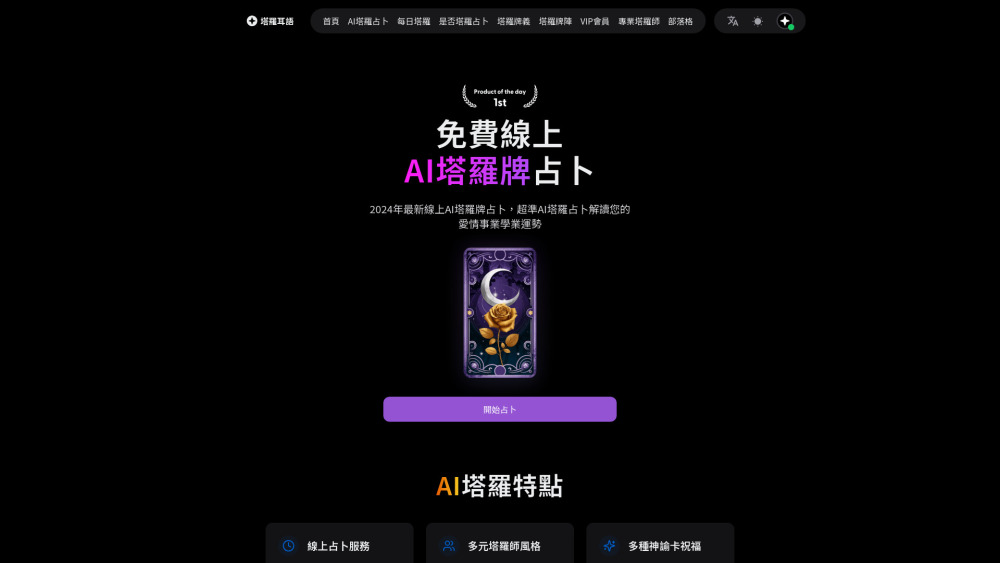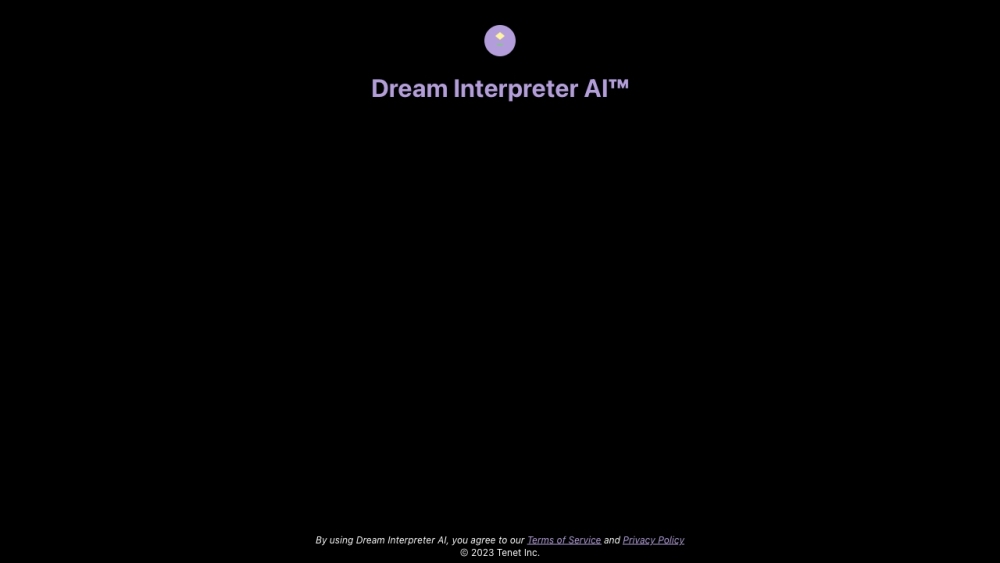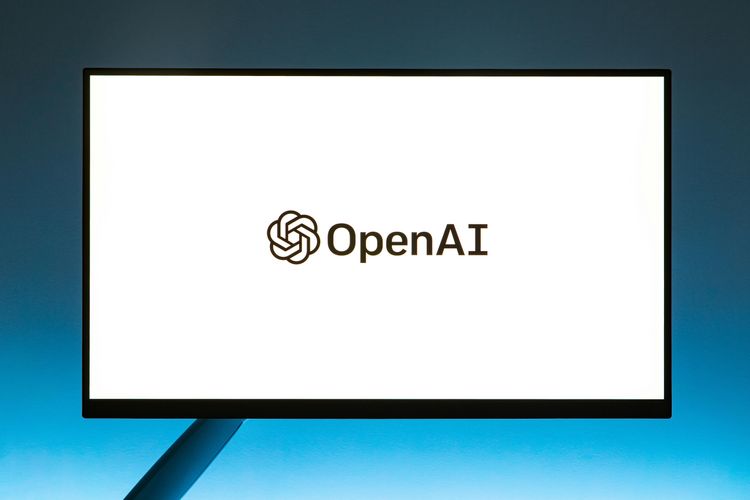A recent study highlights that while AI tools significantly boost young scientists' career prospects, they may also be narrowing the scope of scientific inquiry and stifling creativity. Researchers from the University of Chicago and Tsinghua University analyzed nearly 68 million research papers published between 1980 and 2024 across six scientific fields (excluding computer science). They found that papers using AI techniques received more citations but focused on a narrower range of topics and were more repetitive.
James Evans, director of the Knowledge Lab at the University of Chicago, observed, "AI dramatically increases people's capacity to thrive in competitive research fields." However, this reliance on machine learning, neural networks, and transformer models is leading to a narrowing of scientific exploration. Scientists are increasingly focusing on problems that can be solved with large existing datasets rather than venturing into uncharted territories that could lead to groundbreaking discoveries.
The study revealed that scientists using AI publish 67% more papers annually and receive over three times as many citations as those who do not use AI. Junior scientists leveraging AI are 32% more likely to become research team leaders and progress faster in their careers compared to their non-AI counterparts.
However, AI-assisted research covers 5% less topical ground than non-AI research. Furthermore, AI research tends to cluster around "superstar" papers, with about 80% of citations concentrated in the top 20% most-cited papers and 95% in the top 50%. This means roughly half of AI-assisted research is seldom or never cited again.
The researchers concluded that AI in science has become overly concentrated on specific hot topics, creating what they call "isolated clusters"—groups of papers with reduced interaction and redundant innovations. This concentration leads to overlapping ideas and a contraction in the diversity and extent of scientific knowledge.
Evans suggests that government funding bodies, corporations, and academic institutions need to rethink the incentive structures for scientists. Instead of rewarding the use of specific tools like AI, these entities should encourage work that explores new frontiers and pushes the boundaries of existing knowledge. By doing so, they can foster an environment where innovation thrives alongside technological advancements.
To address this growing concern, Evans proposes several strategies. First, funding agencies should prioritize grants for high-risk, high-reward projects, encouraging scientists to tackle fundamental questions rather than incremental improvements. Second, academic institutions should create interdisciplinary research programs that bring together experts from diverse fields to explore innovative solutions. Finally, tech companies and policymakers must collaborate to develop ethical guidelines and standards for AI use in scientific research, ensuring that technology serves as a tool for discovery rather than a constraint.
Moreover, fostering transparency and accountability is crucial. Researchers should be encouraged to document and share the limitations and potential biases of their AI models, promoting a culture of openness and continuous improvement. By doing so, the scientific community can harness the benefits of AI without compromising its creative spirit and intellectual curiosity.
One key insight is the importance of balancing short-term gains with long-term innovation. While AI can accelerate data analysis and hypothesis testing, it often prioritizes results that fit within established frameworks, potentially overlooking novel approaches. Encouraging scientists to step back from the immediate outputs of AI tools and consider broader implications can help mitigate this risk.







